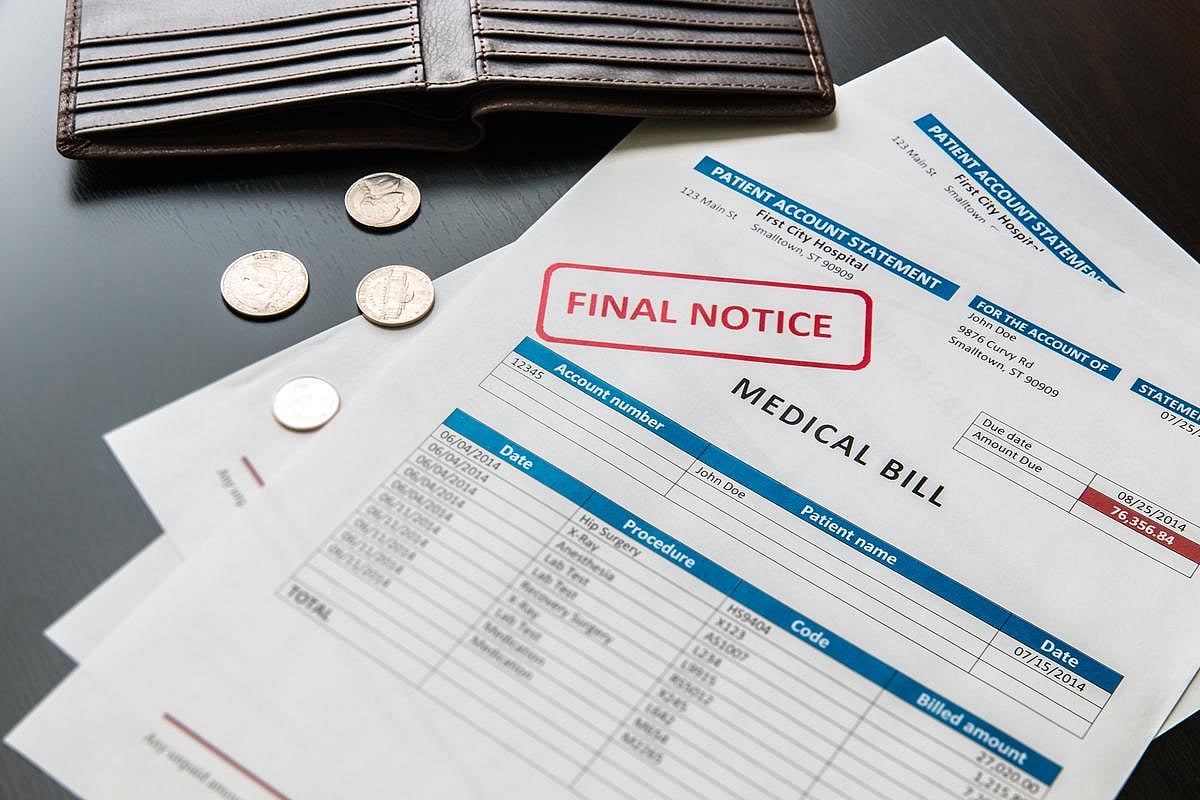Rate of unaffordability increased significantly among Black, Hispanic, and lower-income individuals
By Lori Solomon HealthDay Reporter
WEDNESDAY, April 9, 2025 (HealthDay News) — The inability to pay for health care has reached its highest point in the United States, according to the results of a survey released April 2 by the West Health Institute.
The West Health-Gallup Healthcare Indices Survey was conducted by web and mail from Nov. 18 to Dec. 27, 2024, with 6,296 adults living in all 50 U.S. states and the District of Columbia participating.
According to the survey results, more than one-third of Americans (35 percent), or an estimated 91 million people, reported they could not access quality health care if they needed it today, the highest number recorded since tracking began in 2021. Among Black and Hispanic Americans, rates were higher, with 46 and 52 percent, respectively, reporting that they would be unable to afford quality health care. Among adults in higher-income households, the ability to access affordable care remained relatively stable, but the rate of unaffordability increased significantly among lower-income households. About two-thirds (64 percent) of people earning <$24,000 and 57 percent of households with annual incomes between $24,000 and $48,000 reported difficulties with affordability, an 11- and 12-point increase, respectively, from 2023. Just over half of Americans (51 percent) are considered cost-secure (facing no recent difficulty accessing or affording care or paying for prescription medicine), the lowest level since 2021.
“Health care affordability and access continue to erode nationally, and this issue is especially acute among Black, Hispanic, and lower-income adults,” Dan Witters, a senior researcher at Gallup, said in a statement. “Among these groups, this is the widest gap in access to care we have recorded thus far, with many Americans experiencing increased hardship year over year.”
Copyright © 2025 HealthDay. All rights reserved.








